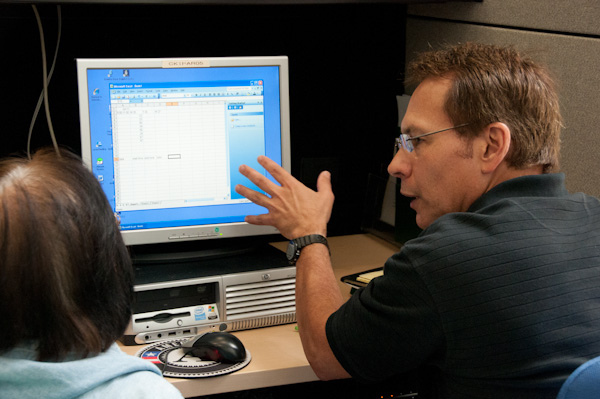There is something to be said about the new labor concept called crowdsourcing. This concept uses the internet to bring employers and contractors together from around the world.
There are many different ways that labor can be crowdsourced – defined as work that is organized through an “online labor exchange” – which can cut costs for the employer, get the employee paid without having to leave his home country, and result in even better profits and more success for the company. But are there risks associated with crowdsourcing that we tend to miss because the workers are not physically on-site?
EU-OSHA recently published a paper meant to provide discussion about crowdsourcing and the potential health and safety risks of this work arrangement. Crowdsourcing has become more popular worldwide, but while EU-OSHA recognizes it, it admits that because of the various tasks and locations of work, it is difficult to get a sense of how widespread it is on a global level.
Despite the variables and uncertainty, EU-OSHA went forward with the paper, with the apparent expectation to bring some risks to the forefront to have a healthy discussion and perhaps innovate some new ideas to mitigate some of the risks brought forth in the paper.
A couple of the key risks mentioned were:
- Psychosocial issues. These may come from skilled freelancers often being placed under tight deadlines and with intensive schedules, while lower-skilled workers may get a large number of small tasks that need to be done well, and that pace and deadline pressure may cause psychological or physical problems.
- Online physical risks. These differ in that they usually have to do with workers who are on computers. Freelancers and contractors hired through crowdsourcing are often on computers for long stretches of time, which makes them susceptible to things like carpal-tunnel syndrome, eye fatigue and certain ergonomic problems without the right chair or desk on which to work.
- Offline physical risks. These are similar to what you might find on-site, except there ais usually no supervision for the contractor that if off-site, so risks of injury, especially in things like the construction trades, may be maginfied without proper safety training.
Other issues the paper considers are the application of labor laws and regulations when contractors are in a different location than the company, how insurance might work for these contractors and how the supervisor/worker relationship dynamic is defined in these crowdsourcing environments. The paper can be downloaded at this link.

